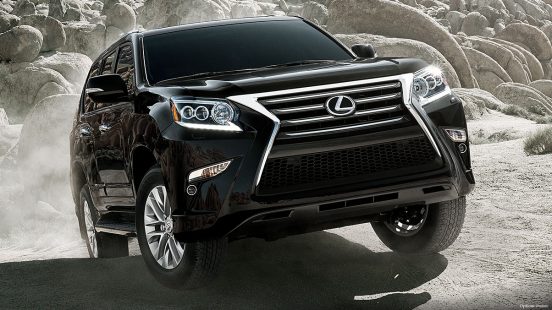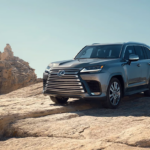Here at Keyes Lexus, we’ve noticed that models like the 2018 Lexus RX have risen in popularity in recent years. Crossovers and SUVs are really catching on with drivers who want to sit taller and have more cargo space and legroom, but did you know that there are actually some big differences between these types of models? Here’s a look at how SUVs and crossovers differ.
A common misconception about SUVs and crossovers is that one is small and the other is larger. That’s not necessarily the case. Some three-row models can actually be considered crossovers.
The primary difference between these vehicles is the platform that they’re built on. An SUV is built on the same platform as a truck. It uses a “body on frame” construction method, meaning that the body and frame are assembled separately. Then they’re put together later, creating a vehicle that’s a bit heavier and more rugged than a crossover. The typical SUV is better suited to off-road conditions and tough jobs, like towing.
A crossover is built on the same platform as a car. This makes sense, since a crossover is meant to combine the best parts of a car with the best parts of an SUV. It uses a different kind of body construction as well. A crossover is “unibody,” meaning the body and frame of each vehicle is built together as one structure. This results in a lighter vehicle that still offers ample interior space. A crossover also has “crumple zones,” which can keep a driver and passengers safer in the event of an accident.
So if you’re in the market for a Lexus SUV or a crossover, we have a spacious, luxurious vehicle here on our lot that you’ll love. Visit our Lexus dealership near Los Angeles today and find your dream car. We look forward to seeing you!






